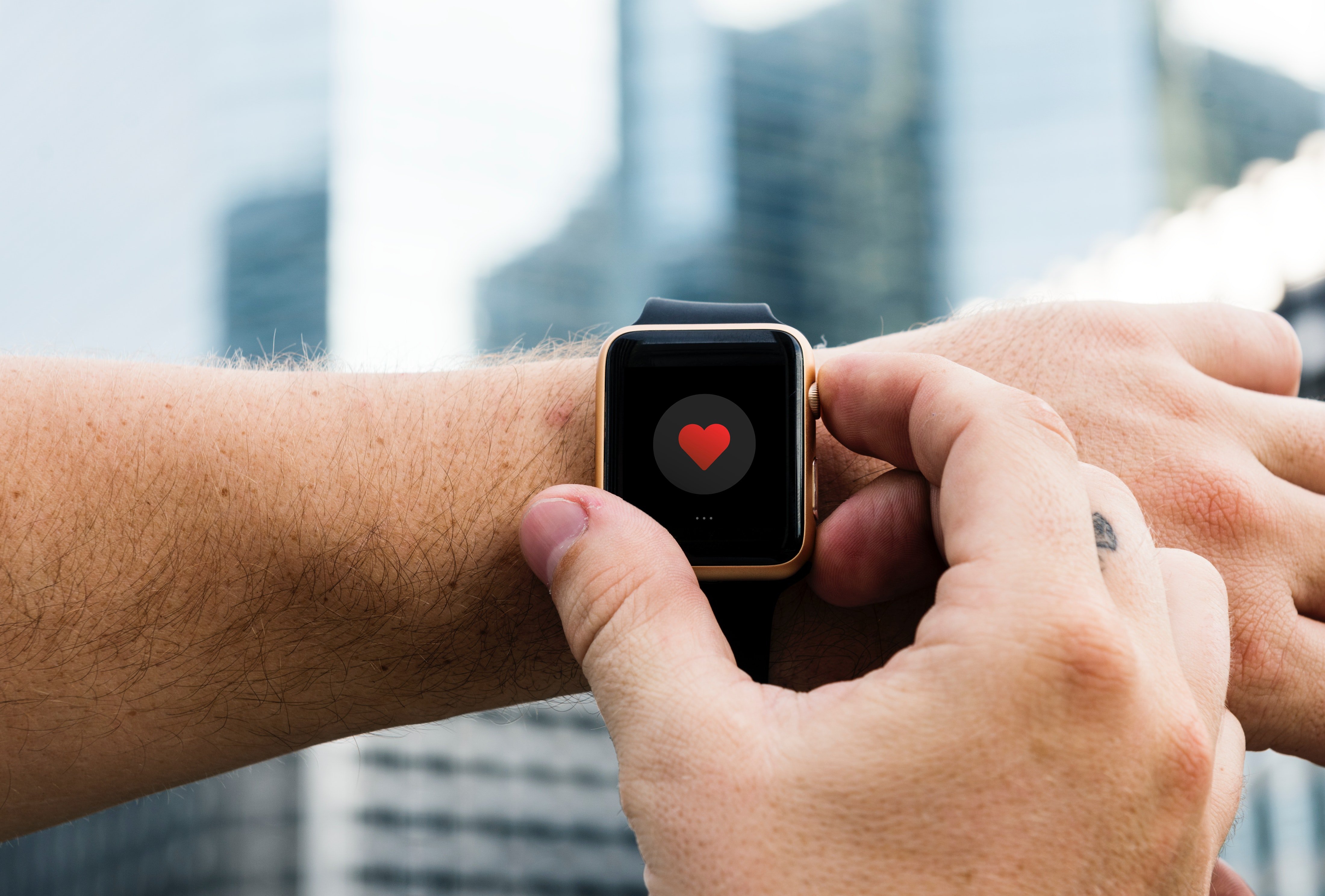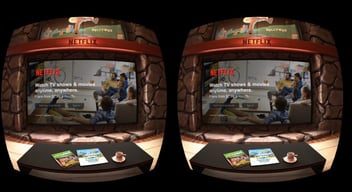Technology's been used at least since the egyptians to improve the capacity and abilities of the human body. We talk about different ways it's been used.
Medical technology has come a long way in recent years, both in the fields of research and detection of diseases, as well as in their prevention and treatment. Engineers have joined medical professionals to develop devices and technologies that allow, among many other things, the early detection of diseases, the development of more effective treatments and the most precise and least invasive surgery in history.
Technology has therefore made it possible to improve the quality of life of people who live with chronic diseases or have impaired senses or mobility. Thus, the first cyborgs have appeared— people who incorporate improvements or refinements of human capabilities, both physical and sensory. Wearable devices have also been developed. There are devices that can be worn, such as watches or glasses. They can monitor vital signs or other aspects of a person's health.
The following is a list of some of the most interesting results produced by technological advances in the field of health.
Cyborgs
The word cyborg is an acronym for 'cybernetic organism'. Cyborgs are human beings that incorporate technological elements to increase their physical or sensory capacities. Some experts even consider cyborgs people who use cochlear implants, pacemakers or contact lenses.
One of the best-known cyborgs is Neil Harbisson, who was born with achromatopsia, a type of severe color blindness for which he can only see in black and white. Harbisson has an antenna-shaped cranial implant that relates colors to sounds, so he can perceive - or hear - colors as a musical scale. In addition, thanks to his antenna he is able to hear colors beyond the perception range of the human eye.
Harbisson's is a good example of how technology can offer an alternative to sensory loss and how it can increase human capabilities. Such increased capabilities can lead to human adaptation to the planet, rather than the adaptation of the planet to the needs of our species. This is what Harbisson himself said in an interview.
Bionic bodies and prosthetics
Although adding technological elements to the human body falls within the definition of cyborg, it is necessary to dedicate a section to prostheses and their development during history. The first known prostheses date from between 950 - 710 B.C. and were used by the Egyptians. Since then, the complexity of these devices has been increasing to the point that today there are prostheses that respond to muscle movements of the rest of the limb or signals sent by devices embedded into the brain.
Today there is a wide variety of prostheses, so their cost has decreased. Thanks to 3D printers, prostheses can be printed in a minimum time and for a fraction of the price of a traditional prosthesis. e-Nable is a network of volunteers who print 3D prostheses free of charge.

Wearables
Wearable devices, such as glasses, watches and other accessories, are objects that are worn and that monitor, among other things, the vital signs of the person wearing them.
Devices dedicated to physical fitness monitoring for athletes have recently gained a great deal of popularity. These devices make it possible to keep track of the calories ingested and consumed, the beats per minute of the heart, etc. On the other hand, medical devices, such as smart pills and patches or insulin pumps, collect biometric data to facilitate diagnoses, the administration of medication for chronic pain and even diagnose serious diseases such as Parkinson's disease.
Thus, while the development of technology to try to ensure the normal functioning of the body has evolved greatly, we have also been investigating the possibilities offered by this technology to increase the senses and capabilities of our body. The crossing between human and robot may not be far away.




